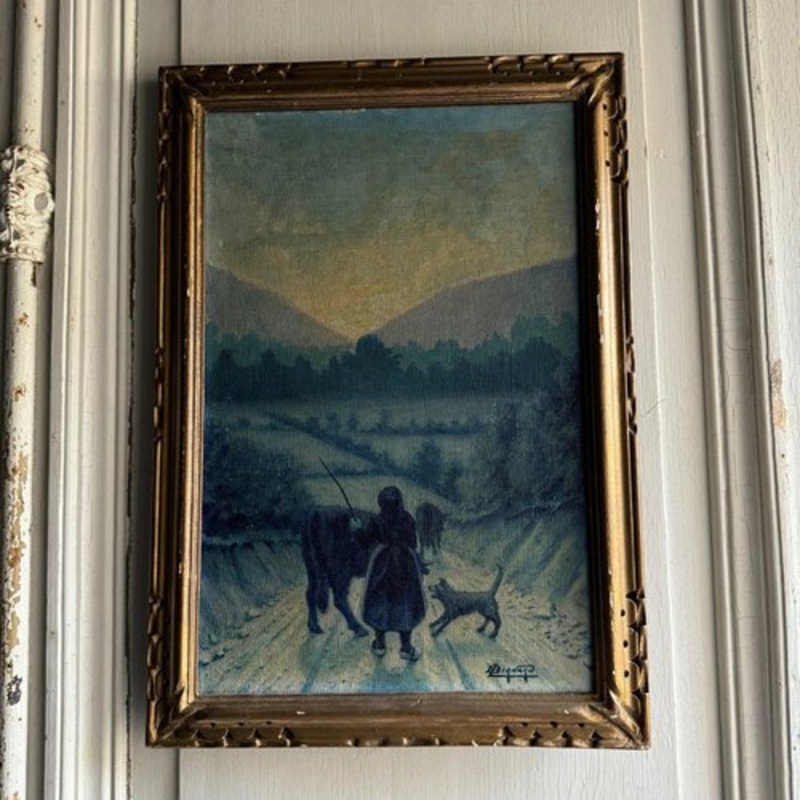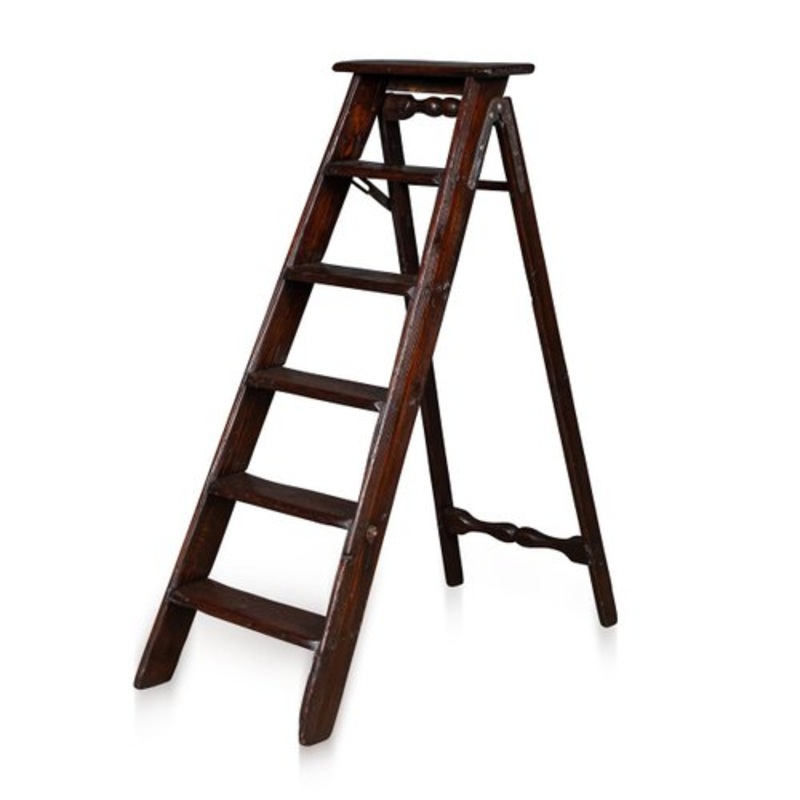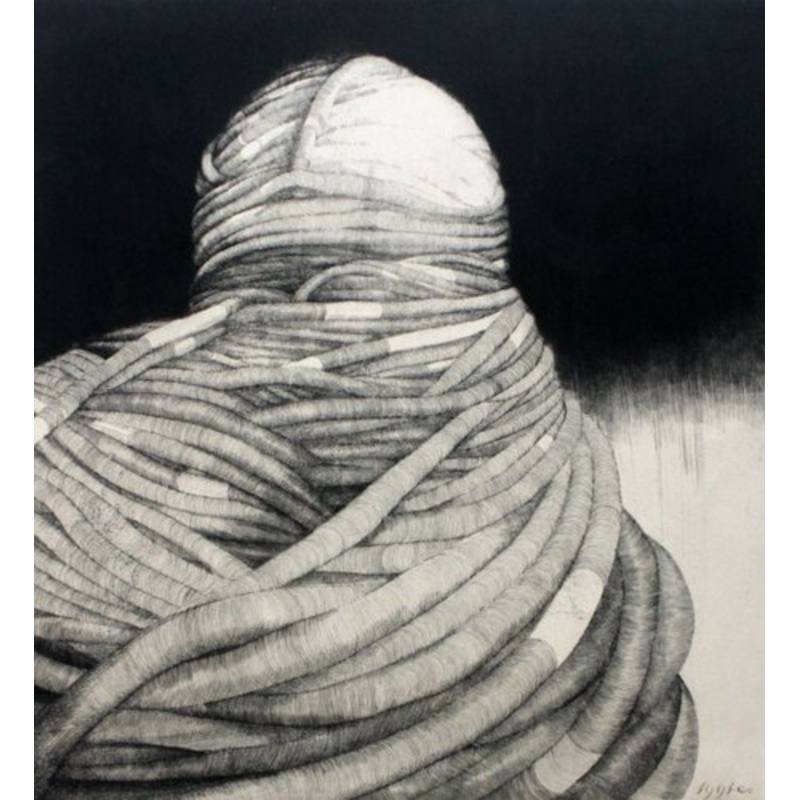Description
Jacques Villon – Man- Original Etching 1949 Signed in the plate Jacques Villon (1875 – 1963) Jacques Villon was born Gaston Duchamp on July 31, 1875, in Damville, Normandy. His family is one of remarkable artistic repute; he and his three siblings Marcel Duchamp, Raymond Duchamp-Villon, and Suzanne Duchamp would all make important contributions to 20th-century art. While still a lyce student in Rouen, he began his artistic training under his grandfather, Emile Frdric Nicolle, a shipbroker and artist. Nicolle taught Villon engraving and printmaking, and in 1891 he was the subject of one of Villons earliest prints. In January 1894 Villon moved in with his brother Raymond in Pariss Montmartre neighborhood and began to study law at the University of Paris. He soon lost interest in legal studies and instead spent his time submitting drawings to various magazines and newspapers, some of which were politically oriented. Partly in order to distance his family’s name from these publications, he changed his name to Jacques Villon (an homage to French medieval poet Franois Villon). In 1895 he began study at the Ecole des Beaux-Arts and frequented the Atelier Cormon. For almost 10 years Villon worked largely in graphic media, contributing drawings to Parisian illustrated papers and making color prints and posters. In 1903 he helped organize the drawing section of the first Salon dAutomne, which would become one of the most significant annual exhibitions in the history of modern art. His first gallery exhibition, shared with his brother Raymond, took place at Galerie Legrip, Rouen, in 1905. He studied at the Acadmie Julian in Paris between 1904 and 1905, painting in a Neo-Impressionist style. In 1906 Villon settled in Puteaux and began to spend more time painting; by 1910 he had devoted himself primarily to painterly pursuits. In 1911, he and Duchamp-Villon helped found the Puteaux Group, a collective of Cubist artists that held meetings in Villons studio; its participants included Robert Delaunay, Marcel Duchamp, Albert Gleizes, Frantiek Kupka, Fernand Lger, Francis Picabia, and others. The following year, working with the Puteaux Group, Villon named and helped mount the Salon de la Section d’Or, a seminal exhibition in the development of the Cubist movement. Villon exhibited nine paintings at the 1913 New York Armory Show, and his first solo exhibition in the United States was held at the Societ Anonyme, New York, in 1921; by the 1930s he was better known in the U.S. than in Europe. In 1932 he joined and began to exhibit with the Abstraction-Cration group. An important presentation of his work was held in Paris in 1944 at the Galerie Louis Carr, from that time forward his exclusive representative. Villon received honors at a number of international exhibitions, including First Prize at the Carnegie International (1950) and Grand Prize for Painting at the Venice Biennale (1956). In 1955 he designed stained-glass windows for a cathedral in Metz, France, along with his contemporaries Marc Chagall and Roger Bissire. Villon died in Puteaux on June 9, 1963, at the age of 87.
| Period | 1920 to 1949 |
|---|---|
| Production Period | 2010 to Present |
| Style | Cubist |
| Detailed Condition |
Very Good This vintage/antique item has no defects, but it may show slight traces of use. |
| Product Code | XAB-719076 |
| Materials | Glass, Paint, Fir, Lace, Paper, Rope |
| Color | Grey |
| Width |
33 cm 12.8 inch |
| Depth |
1 cm 0.4 inch |
| Height |
45 cm 17.5 inch |
| Duties Notice | Import duty is not included in the prices you see online. You may have to pay import duties upon receipt of your order. |






Reviews
There are no reviews yet.